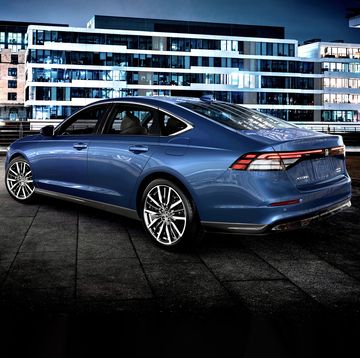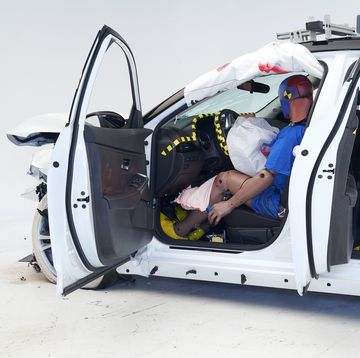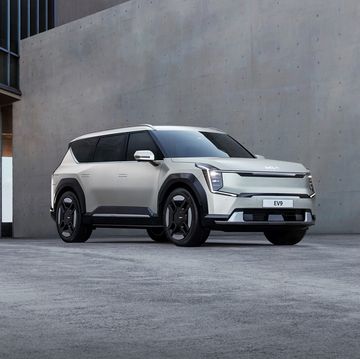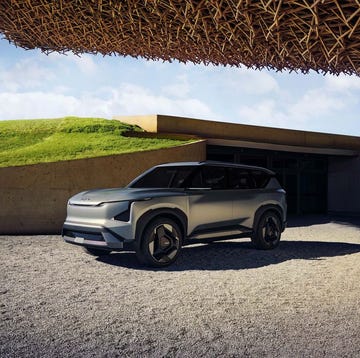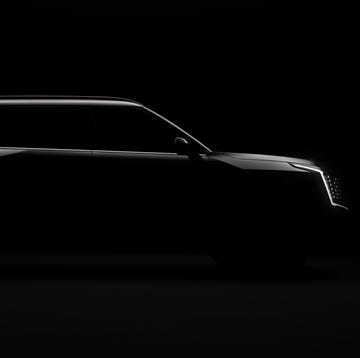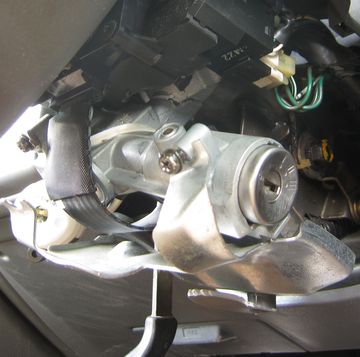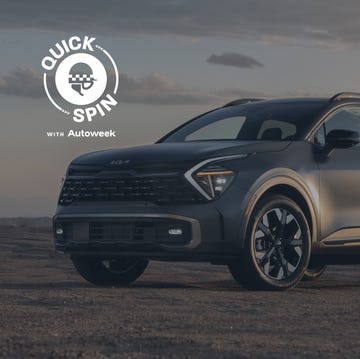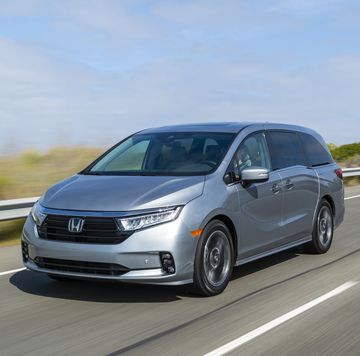- Kia details plans for Level 3 and Level 4 vehicles as part of its plans to introduce higher levels of autonomy in its lineup.
- The automaker plans a factory for purpose-built electric vehicles in Hwaseong, South Korea, that will enter production in 2025.
- Kia plans to offer Level 3 tech in the Kia EV9, dubbed HDP (Highway Drive Pilot), that will permit hand-off operation.
By now several automakers have signaled plans to develop purpose-built commercial electric vehicles. But Kia is going a step further, announcing plans to add robotaxis to its lineup of PBVs during the company's latest investor day as part of a plan to produce 2.38 million electrified vehicles by 2030, which should account for 55% of its total output.
Dubbed Plan S when first sketched out three years ago, the upgraded 2030 strategy revealed a few days ago aims at an EV-focused business in addition to customized mobility solutions, which will include purpose-built vehicles (PBVs) and Level 4 robotaxis.
"In line with the expansion of the PBV market, Kia aims to gradually expand its PBV lineup to include a PBV robotaxi with autonomous driving; a small PBV optimized for delivering goods or food; and a large PBV that can replace public transportation or be used as a mobile office," the automaker said.
Kia has recently disclosed that it plans to use its eS skateboard platform to underpins its planned range of PBVs, aimed at a variety of commercial users. Its first PBV will be a midsize model codenamed SW, with the automaker then planning to branch out into food delivery vehicles, robotaxis, and last-mile delivery vehicles, some of which will be entirely unmanned.
Just when will we see the first of these PBVs?
Kia is aiming for the year 2025, with plans to produce PBVs at a dedicated production facility in Hwaseong, South Korea, which will also include "a robo-taxi with autonomous driving technology," as the automaker describes it.
The automaker is indeed planning to put Level 4 tech, which should be capable enough by the second half of the decade, to work as part of robotaxi fleets in South Korea and elsewhere.
Kia stopped short of promising Level 4 tech for North America, even though by that time it should have some competition in this niche.
By this point in time autonomous tech developers and automakers alike have transitioned from the technology development phase to fine-tuning and scaling up robotaxi operation and geofenced area mapping, focusing on rolling out limited fleets in new cities that had previously seen very limited testing, including Los Angeles. The current efforts of startups and automakers alike, therefore, are aimed at achieving scale in the coming years and being able to deploy larger and larger fleets of Level 4 vehicles in record time, as soon as local regulations and other factors allow it.
The next step after that, industry watchers believe, will be operating robotaxi fleets at a profit—a longtime goal of the ride-hailing industry.
One relatively new nuance, however, is that some automakers don't simply want to be suppliers to ride-hailing companies, and want to launch and operate their own fleets of autonomous vehicles, forcing out the companies that first disrupted the taxi industry.
Getting to Level 4, however, usually first requires achieving Level 3, or eyes-off and hand-off systems. Curiously, Kia plans to achieve SAE Level 3 in two steps, getting to the eyes-off part quite a bit later in the rollout of the same system.
"Regarding autonomous driving technology, the EV9 will feature HDP (Highway Drive Pilot), a conditional Level three autonomous driving technology, which allows the driver to operate the vehicle 'hands-off'under specific conditions," the automaker noted. "In 2026, Kia plans to introduce HDP2 technology that will support 'eyes-off' driving under certain conditions."
This puts the debut of commercial Level 4 robotaxi tech a bit past 2026. By that point in time Kia should quite a few competitors with operational robotaxi fleets around the world.
Will we see Level 4 robotaxis debut on any meaningful scale in the second half of this decade in the US, or will this technology taken longer to materialize? Let us know what you think.

Jay Ramey grew up around very strange European cars, and instead of seeking out something reliable and comfortable for his own personal use he has been drawn to the more adventurous side of the dependability spectrum. Despite being followed around by French cars for the past decade, he has somehow been able to avoid Citroën ownership, judging them too commonplace, and is currently looking at cars from the former Czechoslovakia. Jay has been with Autoweek since 2013.



